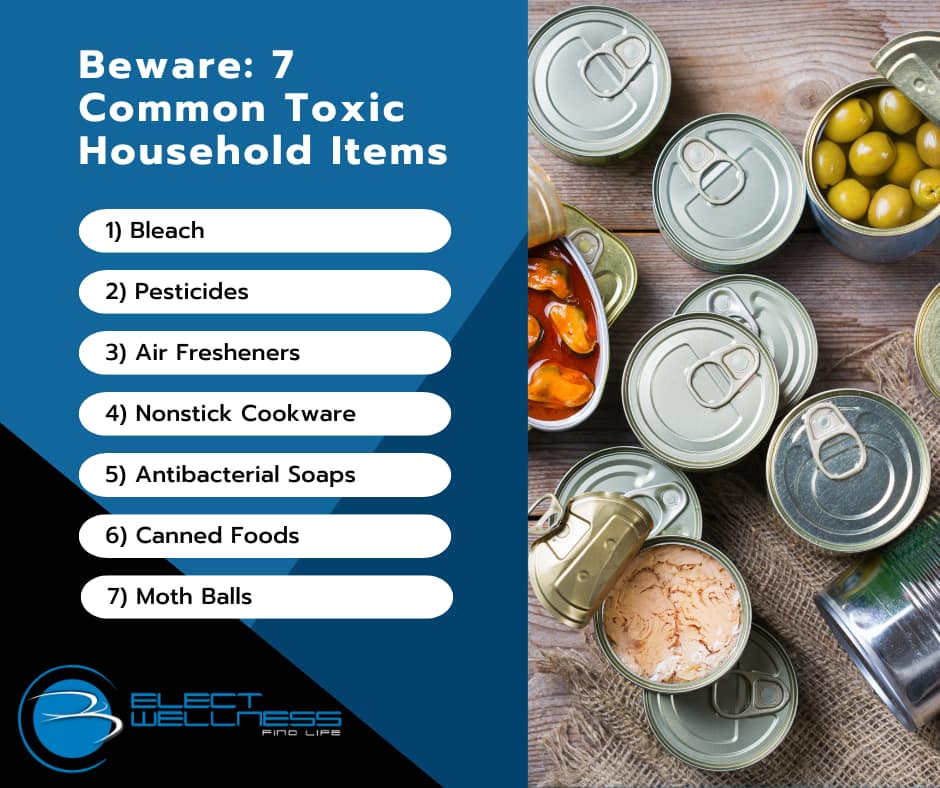
Our busy lives often distract us from the hidden dangers lurking in our own homes. While we focus on external threats to our health, we may overlook common household items that pose serious risks if mishandled. From powerful cleaning products to seemingly harmless objects, these 10 household items could threaten your family’s safety if not properly managed.

Thomas C. Jensen is an exercise physiologist, nutritionist, and a nationally certified personal trainer through both the National Strength and Conditioning Association and the National Academy of Sports Medicine. He is a summa cum laude graduate of Harding University and a member of the Alpha Chi National Honor Society. As a wellness speaker and franchisor, he has shared his expertise in health and fitness with diverse audiences. He has been professionally training and consulting clients of all ages and backgrounds, for both health and human performance, for over 20 years. In March of 2004, he launched Elect Wellness, a thriving home-delivered personal training and nutrition coaching company, which has since expanded into an effective franchise system.



























